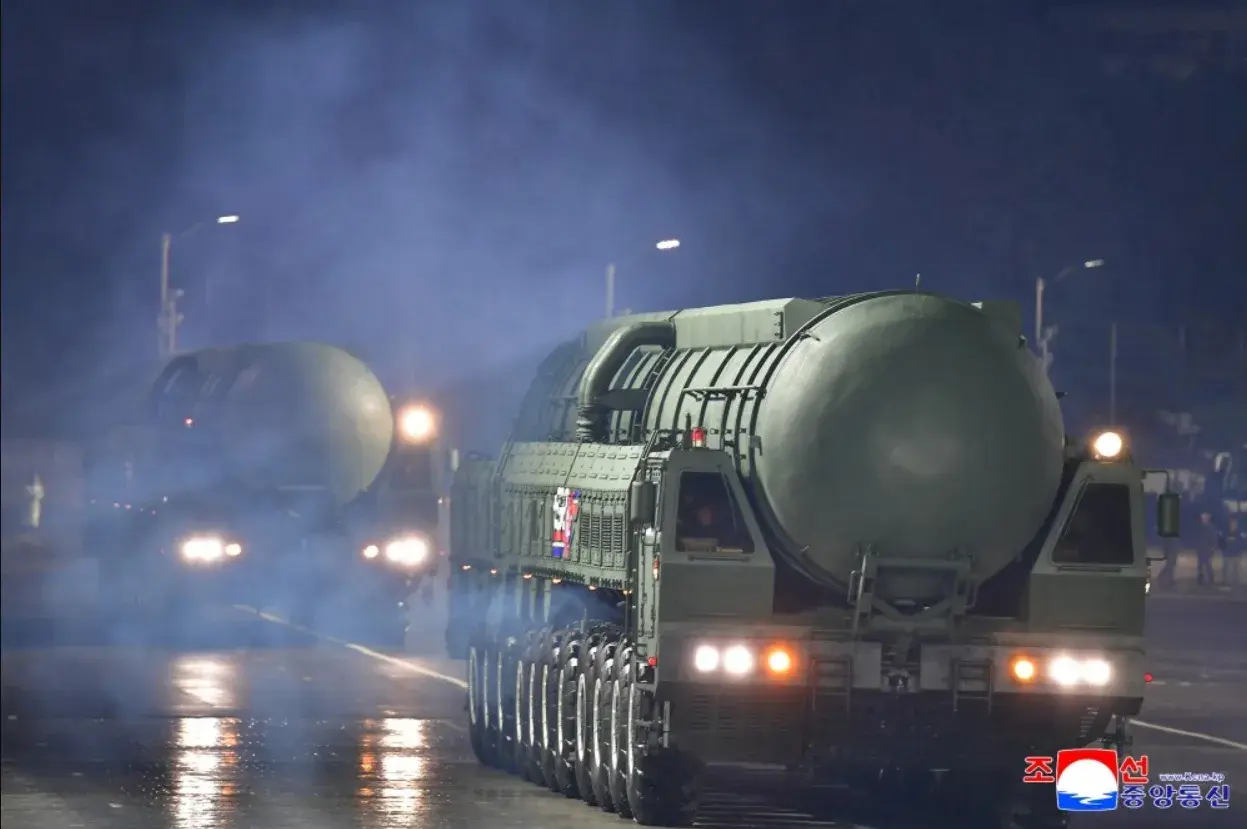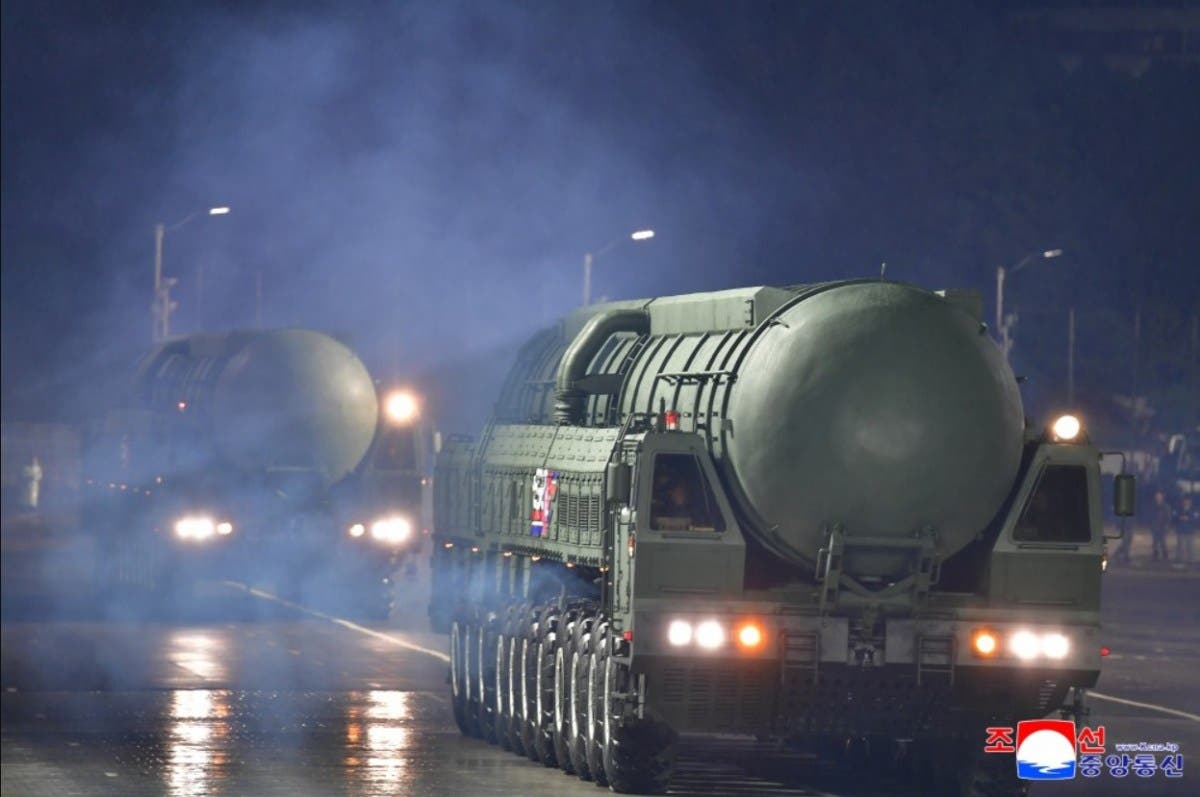North Korea’s unveiling of the Hwasong-20, an alleged nuclear-capable intercontinental ballistic missile (ICBM), has once again put a spotlight on Kim Jong Un’s expanding long-range arsenal—and the growing threat it poses to the United States and its allies.
Why It Matters
North Korea’s U.N.-sanctioned nuclear weapons and ballistic missile programs remain a central source of instability in Northeast Asia. The buildup has driven U.S. ally South Korea to deepen security cooperation with both Washington and Tokyo, while Pyongyang denounces these alliances as “provocations” justifying its own accelerating weapons development.
Newsweek reached out to the North Korean Embassy in Beijing and the Pentagon via emailed requests for comment.
What To Know
The missile joins a growing family of ICBMs—the Hwasong-15, -17, -18, and -19—all believed capable of reaching the continental United States. Like the Hwasong-18 and -19, the new system reportedly uses solid fuel, allowing it to launch more quickly and with less preparation time than earlier liquid-fueled designs, making detection and pre-emption by other governments more difficult.
The Hwasong-20 made its debut Friday at a military parade in Pyongyang marking the 80th anniversary of the ruling Workers’ Party of Korea, overseen by Kim Jong Un. State media called it the country’s “most powerful strategic weapons system.”
While the missile’s specifications remain unverified, early analysis suggests it could carry a heavier payload and potentially greater range than its predecessors.
Despite Pyongyang’s boasts, experts say the regime still faces steep technical hurdles in areas such as guidance precision, multiple-warhead deployment, and ensuring warheads survive reentry through the Earth’s atmosphere.
“Reentry technology is crucial for ICBMs, yet North Korea seems to prioritize range over these essential capabilities,” Lee Sang-min, a researcher at South Korea’s Korea Institute for Defense Analyses, said in November.

Seoul and Washington believe Kim may be receiving technical assistance from Russia in exchange for supplying munitions and troops to Moscow’s war in Ukraine. South Korea’s Joint Chiefs of Staff Chairman Jin Yong-sung told lawmakers Tuesday there was a “sufficient possibility” Moscow aided the Hwasong-20’s development, noting the missile’s transporter-erector-launcher design differs significantly from the Hwasong-19 tested last year, Yonhap News reported.
What People Are Saying
North Korean leader Kim Jong Un said Friday in his speech marking the anniversary: “In order to cope with the growing nuclear war threats by the U.S. imperialists, [Pyongyang] had to lead the people to make a new leap forward in socialist construction while simultaneously carrying on economic construction and build-up of the nuclear forces.”
The U.S. Director of National Intelligence wrote in its 2025 threat assessment: “Kim will continue to prioritize efforts to build a more capable missile force—from cruise missiles to ICBMs and hypersonic glide vehicles—designed to evade U.S. and regional missile defenses, improve the North’s precision-strike capabilities, and put U.S. and allied forces at risk.
What’s Next
Analyst Ankit Panda of the Carnegie Endowment for International Peace told Al Jazeera he expects the Hwasong-20 to be tested before the end of 2025.
U.S. intelligence chief Tulsi Gabbard said earlier this year that Pyongyang is likely preparing its first nuclear test since 2017.
North Korea is not expected to relinquish its nuclear arsenal, which it formally enshrined in its constitution. In a September address to the Supreme People’s Assembly, Kim suggested that dialogue with Washington could only resume if the U.S. abandons its insistence on denuclearization—a demand underscoring the enduring stalemate on the Korean Peninsula.
